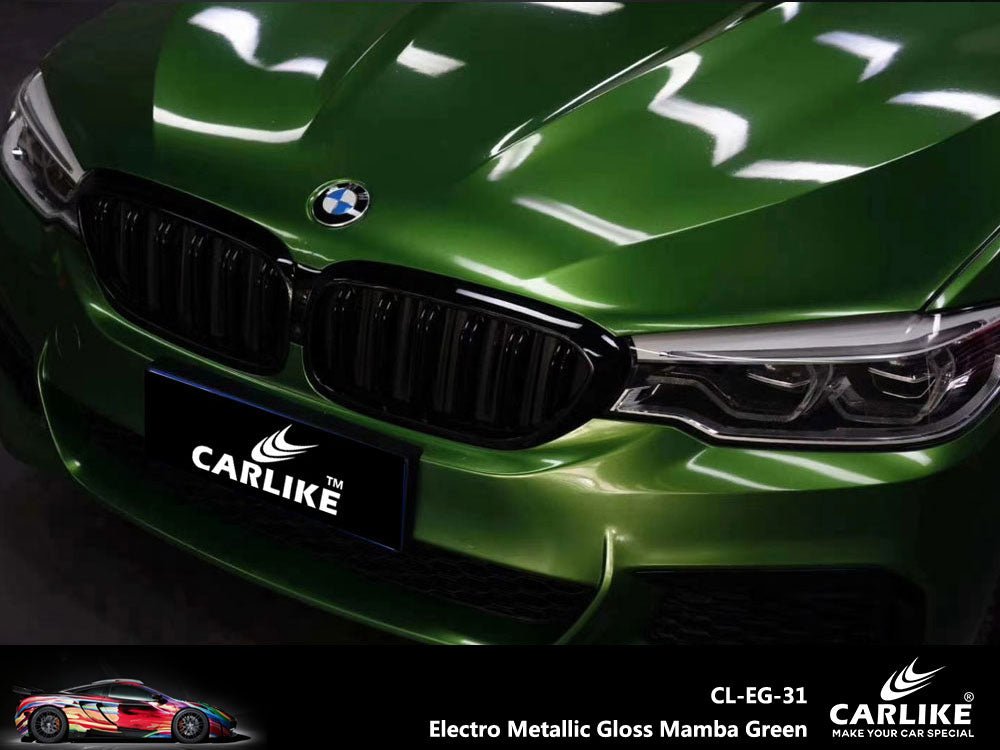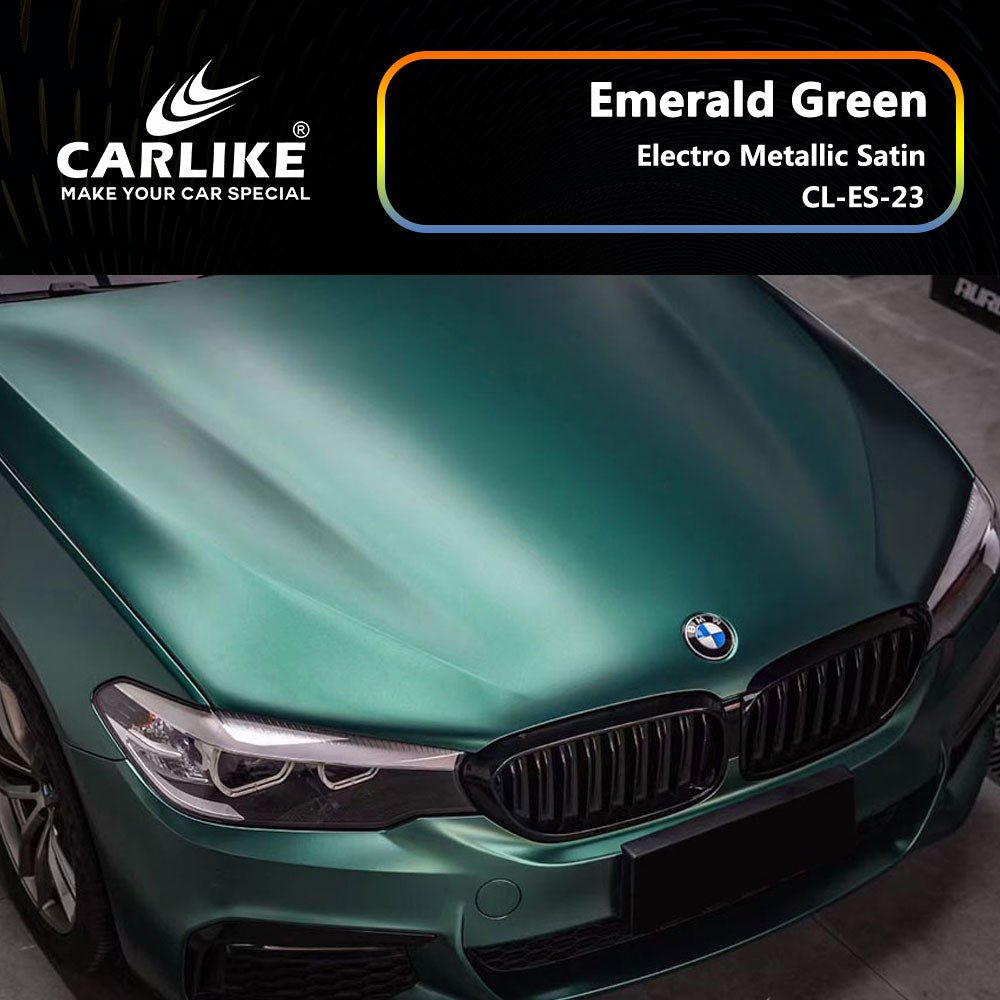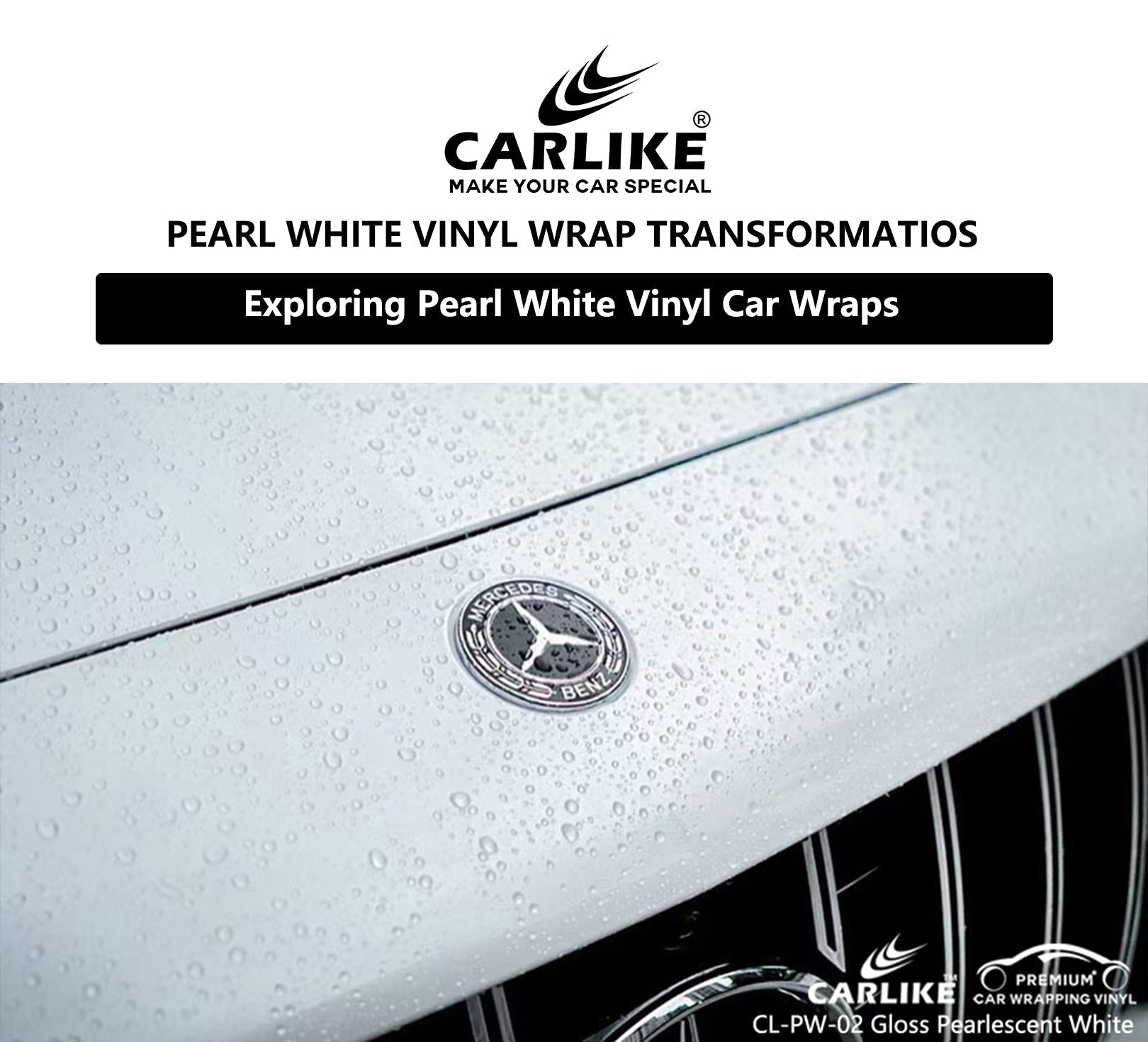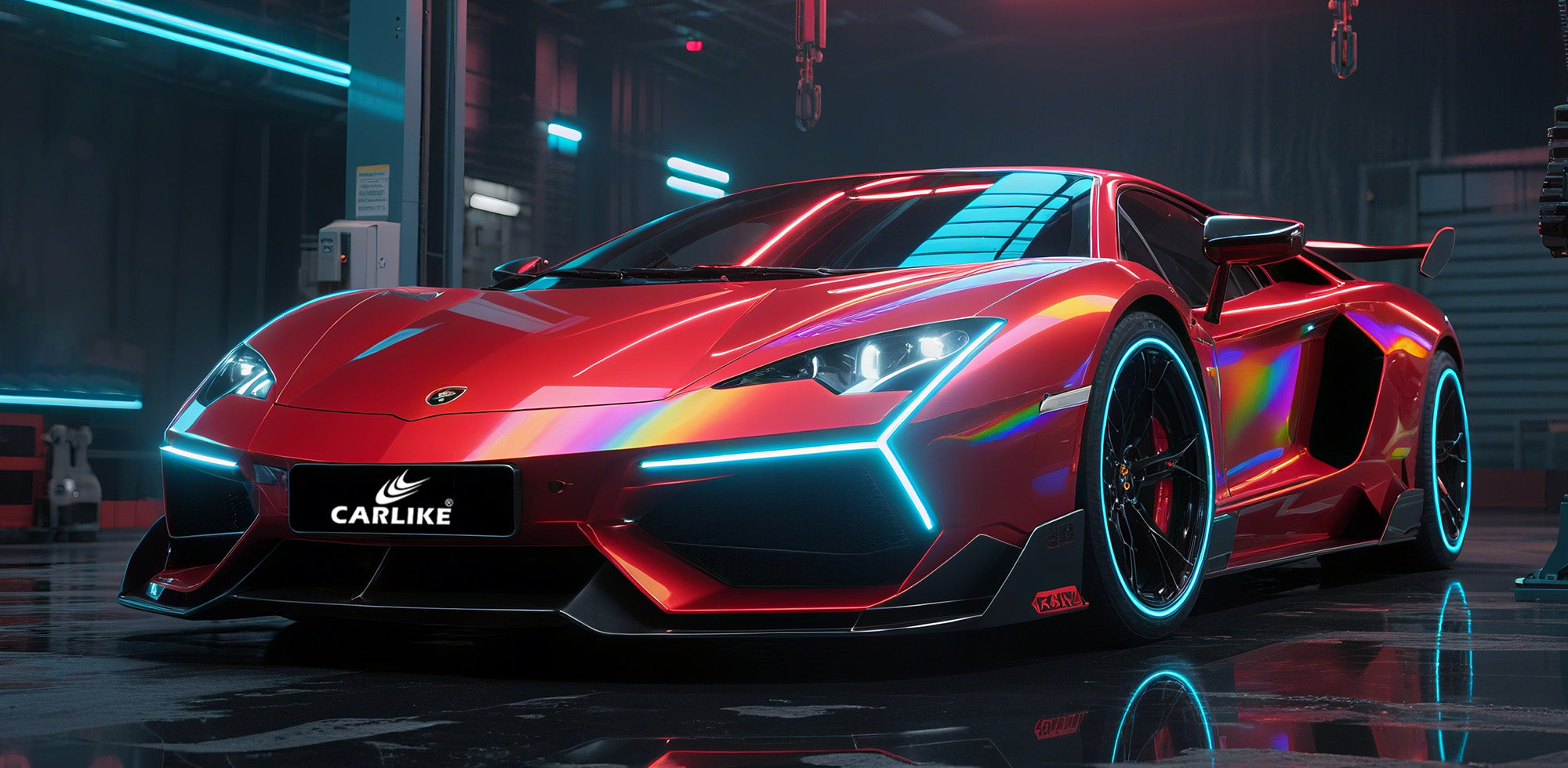Measuring the Surface Area of Your Car: A Step-by-Step Guide
Accurate measurements are crucial in the process of vinyl wrapping a car for several reasons: (CAR WRAP VINYL SIZE CALCULATOR GUIDE)
1. Material Efficiency: Ensuring precise measurements helps minimize material waste. When you know the exact dimensions of each section, you can cut the vinyl to fit without excess.
2. Professional Finish: Accurate measurements lead to a seamless and professional-looking finish. Ill-fitting vinyl can result in wrinkles, bubbles, and uneven edges, detracting from the overall appearance.
3. Cost-Efficiency: Knowing the exact amount of vinyl needed prevents over-purchasing, saving you money. Conversely, underestimating can lead to additional expenses for more material.
4. Time-Saving: Accurate measurements streamline the installation process. Without the need for extensive adjustments or re-cuts, you can complete the job more efficiently.

Here's a detailed process for measuring different parts of the car:
1. Gather Tools: Prepare a measuring tape or ruler, a pencil or marker, and a notepad to record measurements.
2. Break Down the Car's Surface: Divide the car's surface into manageable sections. Common areas include doors, roof, hood, trunk, fenders, and bumpers.
3. Start with Length and Width: Begin by measuring the length and width of each section. Use the measuring tape to get precise figures.
4. Account for Contours: For curved or contoured areas, use a flexible measuring tape, or employ a piece of string to follow the curves. Then, measure the string against a straight ruler.
5. Consider Overlaps: If there are sections where the vinyl will overlap, add a few extra inches to ensure proper coverage.
6. Record Measurements: Write down all measurements in a clear and organized manner. Label each section for easy reference.
7. Calculate Total Area: Multiply the length by the width for each section to determine its total square footage. Add up these figures to get the overall surface area.
8. Factor in Waste: Account for any additional material needed for overlaps, seams, or any potential mistakes during installation. This will act as a buffer.
9. Order Slightly Extra: It's advisable to order a bit more vinyl than your exact measurements indicate, just in case unexpected circumstances arise during the installation process.
By following this detailed process, you'll be equipped with accurate measurements, which will not only lead to a smoother installation but also save time and money in the long run. Remember to double-check your measurements to ensure precision before making any cuts.



Factoring in Contours and Complex Shapes
Here are some detailed factors to consider when dealing with contours and complex shapes during a car vinyl wrapping project:
1. Understanding Curved Surfaces:
- Recognizing how curves affect vinyl application.
- Identifying areas with the most pronounced curves.
2. Heat Application Techniques:
- Explaining the use of heat guns or heat sources to soften vinyl.
- Providing guidance on the proper temperature and distance for effective heating.
3. Stretching vs. Overstretching:
- Highlighting the balance between stretching vinyl for conformity and avoiding overstretching that can cause distortion or damage.
4. Working with Relief Cuts:
- Explaining when and where relief cuts are necessary.
- Demonstrating proper techniques for making relief cuts without compromising the final result.
5. Managing Air Bubbles and Wrinkles:
- Addressing common issues that arise when wrapping curved surfaces.
- Providing step-by-step instructions for smoothing out bubbles and wrinkles.

6. Utilizing Tension and Pressure:
- Describing how to apply even tension and pressure to ensure proper adhesion.
- Providing tips for maintaining consistent tension throughout the process.
7. Using Tools for Contours:
- Introducing specialized tools like squeegees with flexible edges or soft applicator tools.
- Explaining how these tools can aid in conforming vinyl to curves.
8. Applying Techniques for Complex Body Lines:
- Identifying areas where body lines intersect or change direction.
- Providing techniques for working with these intricate details.
9. Handling Extreme Contours and Recessed Areas:
- Offering advanced tips for wrapping areas with extreme curves or deep recesses.
- Explaining methods for achieving a seamless finish in these challenging spots.
10. Practicing Patience and Precision:
- Emphasizing the importance of taking time with curved areas.
- Encouraging slow, controlled movements for accurate application.
11. Mock Wrapping and Practice Panels:
- Suggesting the use of practice panels to refine techniques before tackling the actual car.
- Providing guidance on creating mock-ups for specific contour challenges.
Remember to accompany these tips with visuals, diagrams, or videos to help your readers understand and apply these techniques effectively. Demonstrating these methods can be very beneficial for your audience.
Accounting for Mistakes and Corrections
Having extra vinyl for adjustments and allowing a buffer for unforeseen circumstances is a critical aspect of any car wrapping project. Here's why it's so important:
1. Ensures a Professional Finish:
- Having extra vinyl ensures that installers can make adjustments and corrections without compromising the overall appearance of the wrap. This is crucial for achieving a polished, professional finish.
2. Accommodates Complex Areas:
- Some parts of a car, such as corners, curves, or intricate body features, can be particularly challenging to wrap. Having extra vinyl provides the necessary material to work around these areas effectively.
3. Allows for Stretching and Shaping:
- Vinyl often needs to be stretched or shaped to fit the contours of a vehicle properly. Having extra material provides the flexibility needed to do this without risking a shortage.
4. Covers Mistakes or Imperfections:
- Even experienced installers can encounter small mistakes or imperfections during the wrapping process. Having a buffer of extra vinyl allows for corrections without the need to order additional material.
5. Accounts for Trim and Overlap:
- Trimming and overlapping are standard practices in car wrapping. Having extra material ensures there's enough to cover these areas without risking a shortfall.
6. Provides Insurance Against Accidents:
- Accidents can happen, such as accidental tears or damages during the installation process. Having extra vinyl on hand acts as insurance, allowing for repairs without having to order a whole new roll.
7. Adapts to Changes in Design or Preferences:
- Clients might change their minds about design elements or color choices mid-project. Having extra vinyl gives you the flexibility to accommodate these changes without delays.
8. Prevents Delays and Frustration:
- Running out of vinyl mid-project can lead to significant delays and frustration for both installers and clients. Having a buffer helps to ensure a smoother and more efficient process.

Guidelines for Estimating a Buffer:
1. Calculate Based on Complexity:
- The more complex the car's shape, the larger the buffer you should allow. For intricate designs or vehicles with numerous curves, consider adding 10-15% extra.
2. Consider Experience Level:
- Less experienced installers may require a larger buffer for unforeseen circumstances, as they may encounter more challenges during the process.
3. Factor in Material Properties:
- Different vinyl materials may require varying amounts of adjustment and correction. Thicker or textured vinyl, for example, may need a larger buffer.
4. Consult with Professionals:
- Experienced vinyl installers can provide valuable insights into how much extra material might be needed based on the specific project and vehicle.
By ensuring that you have enough extra vinyl on hand, you'll be better prepared to handle any unexpected challenges or changes that may arise during the car wrapping process. This foresight can lead to a smoother, more successful project overall.
FAQ for how much vinyl do i need to wrap my car?
Q: How do I accurately measure my car for vinyl wrapping?
A: To accurately measure your car for vinyl wrapping, break down the vehicle into individual panels. Measure the length and width of each panel, then multiply these dimensions to get the square footage. Add up the square footage of all panels to get the total surface area.
Q: What is the standard roll size for vinyl wrap?
A: Standard rolls of vinyl wrap typically come in dimensions of 5 feet in width and 60 feet in length, providing approximately 25 square yards of material.
Q: Should I order extra vinyl for my car wrap project?
A: Yes, it's recommended to order extra vinyl for adjustments and unforeseen circumstances. A buffer of 10-15% is commonly advised to ensure there's enough material to cover complex areas and handle any unexpected challenges.
Q: How does the complexity of my car's shape affect the amount of vinyl needed?
A: More complex car shapes, with intricate curves and features, may require more vinyl due to the need for additional adjustments and corrections. Allow for a larger buffer in these cases.
Q: What if I make a mistake during the wrapping process?
A: Having extra vinyl on hand is essential for addressing mistakes. It allows for corrections without the need to order a new roll, preventing delays in the project.
Final Words
In wrapping up this guide, it's clear that getting the right amount of vinyl for your car wrap project is an essential foundation for success. Understanding the intricacies of measuring, accounting for complexity, and allowing for unforeseen circumstances ensures a smooth and professional finish. Remember, it's always better to have a bit more material on hand than to run short. By following these basics and considering the valuable insights from experienced professionals, you're well on your way to achieving a stunning and long-lasting vinyl wrap. Happy wrapping!








